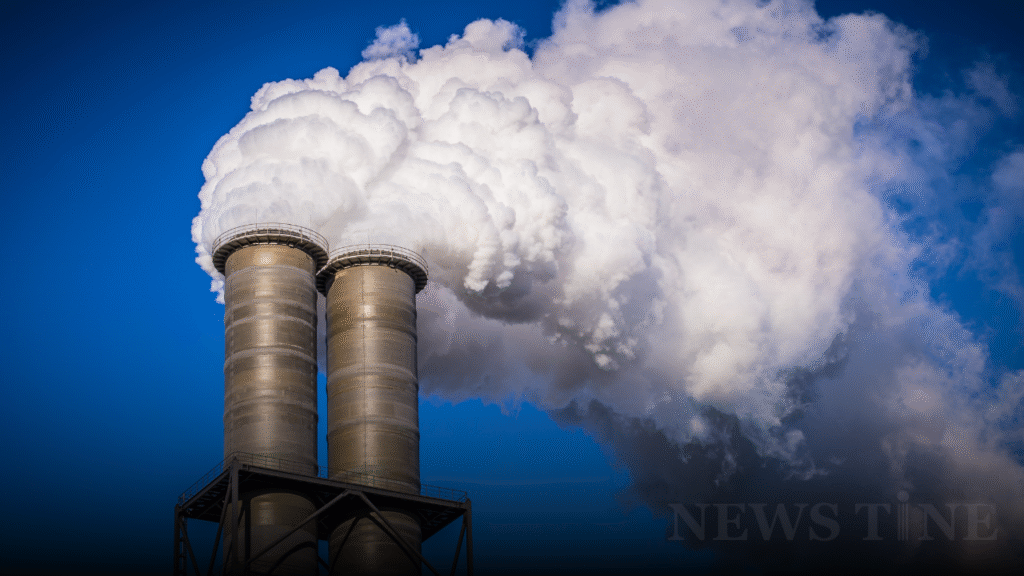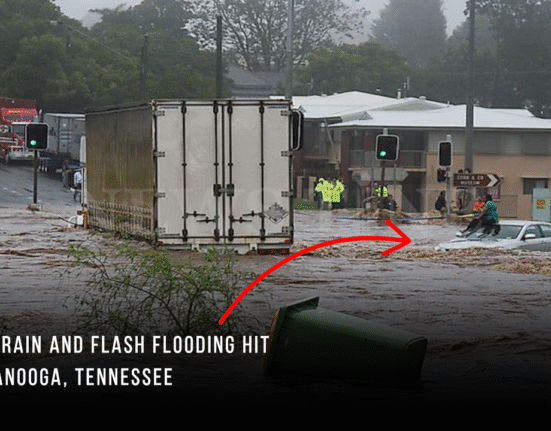
Heat waves used to be rare, unbearable events. Now, they seem to arrive like uninvited guests again and again, hotter each time. A groundbreaking new study published in Nature has revealed just how much of that suffering can be traced back to specific fossil fuel companies. For the first time, scientists have quantified the link between extreme heat and the emissions of 14 of the world’s biggest carbon producers. The findings are not just scientific they could reshape courtroom battles and climate accountability.
What the Study Found
The study analyzed 213 major heat waves worldwide between 2000 and 2023, from Europe’s deadly 2003 heatwave to the Pacific Northwest’s record-breaking “heat dome” in 2021.
Key findings include:
- Heat waves are now 200 times more likely compared to the early 2000s.
- Up to 25% of heat waves studied would have been “virtually impossible” without emissions from top carbon producers.
- Just 14 companies dubbed the “carbon majors” were responsible for 50% of the increase in heatwave intensity since industrialization.
- Even the smaller producers added measurable contributions.
This means that when you wipe sweat off your forehead during a blistering summer, it’s not just “bad luck with the weather.” There are fingerprints and they belong to industry.
Who Are the “Carbon Majors”?
The companies most frequently mentioned include:
- ExxonMobil
- Chevron
- BP
- Coal and cement producers
- State-run entities such as the former Soviet Union
Together, these fossil fuel companies fueled the rise of deadly temperatures across continents.
“We establish that the fossil fuel and cement producers substantially contribute to these heatwaves,”
— Yann Quilcaille, lead author, ETH Zurich
Potential Legal and Policy Implications
This isn’t just a scientific paper; it’s potentially legal ammunition.
- Courts are increasingly considering climate damages cases.
- Plaintiffs from cities to states could point to this research as evidence of corporate responsibility.
- For the first time, there’s clearer attribution: which companies made which disasters more likely.
Corina Heri, a co-author and law professor at Tilburg Law School, put it bluntly:
“Courts are asking for scientific certainty, and our study helps close that gap.”
The Human Cost of Heat
According to the World Health Organization, around 489,000 people died annually from heat between 2000 and 2019, with climate-driven heat waves being a major factor.
Real-world examples:
- India, 2022: Wheat harvest devastated by searing temperatures.
- France, 2003: Tens of thousands died in a historic heatwave.
- Pacific Northwest, 2021: Emergency rooms were overwhelmed.
These aren’t abstract statistics they’re lived experiences.
What Happens Next?
The study could pave the way for:
- More lawsuits against oil and gas giants
- Stronger regulations (though some governments push back)
- Expanded research linking fossil fuel activity to floods, wildfires, and storms
For now, one thing is clear: our hottest days are not accidents of nature alone.
Science has officially drawn the line: many of the scorching summers we endure can be traced back to the actions of a handful of fossil fuel companies. That changes how we view accountability, policy, and even history itself. 🌱 What do you think? Should major polluters pay for the damage? Share your thoughts in the comments!






